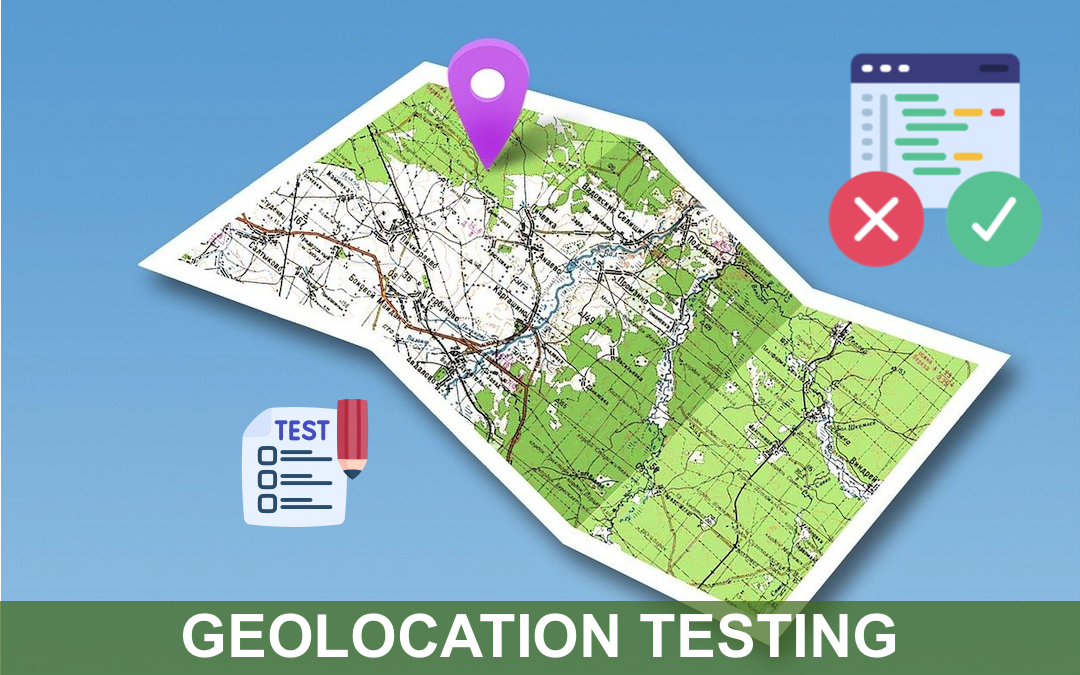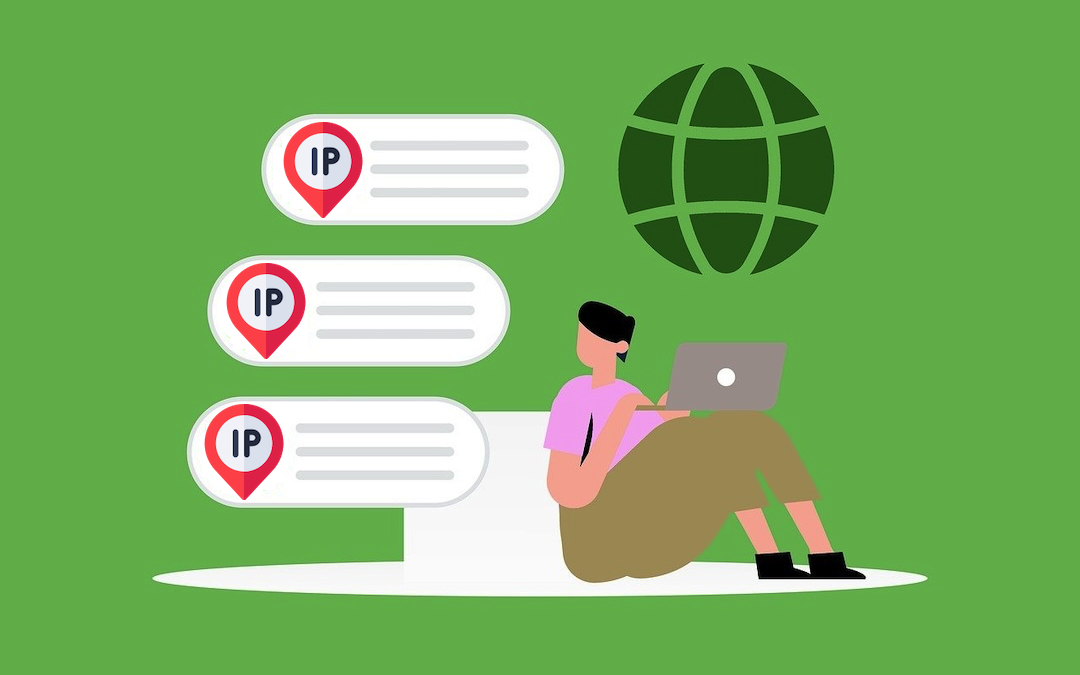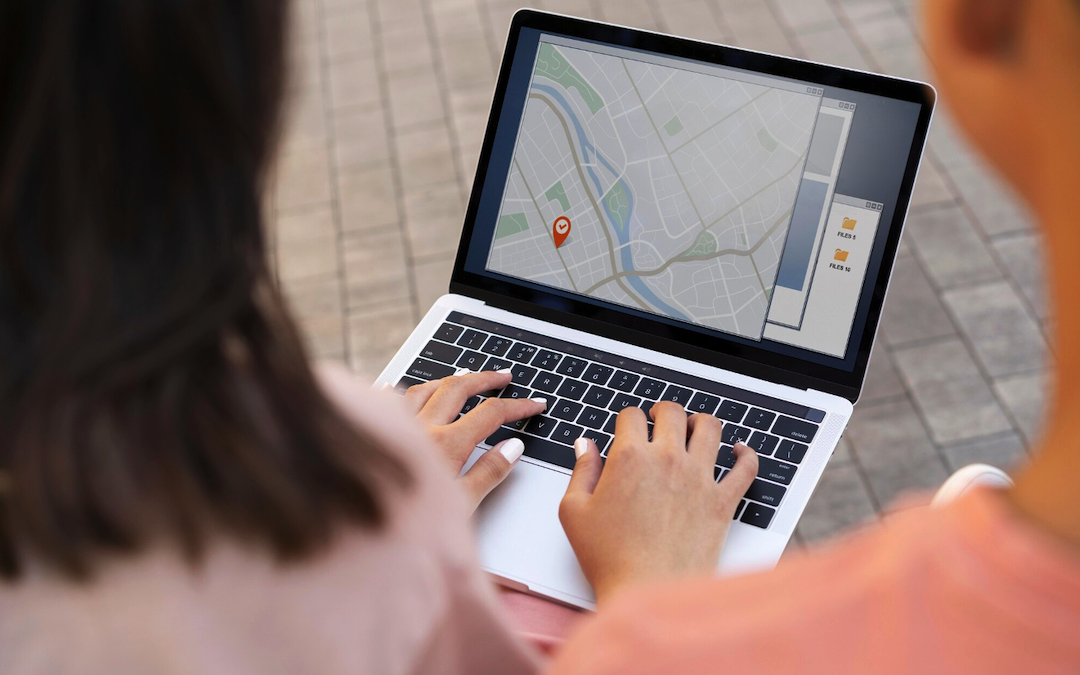As is the case with most important elements of our daily lives, we only know the extent of the problem when something goes wrong; From Ashley Maddison to the Facebook-Cambridge Analytica scandal, we’ve witnessed a huge array of damaging data breaches over the last few years, to the extent that virtually anyone who owns a phone is concerned something similar may happen to them.
Blog Category

Geolocation has been one of the trending technologies today, ensuring security. Geolocation technology is utilized in several ways, such as pinpointing individuals' locations, tracking deliveries, and detecting users' IP addresses.

Whether it's the website that enlightens you on current weather conditions or the mobile application that directs you toward your destination, geolocation services are all over the place. Therefore, it’s crucial to test how your websites and mobile apps behave when accessed from different geolocations (countries/locales).

When building web and mobile apps, delivering consistent and location-appropriate content to users worldwide is crucial. Ensuring that features like language settings, regional promotions, and compliance with local regulations work correctly. This can be achieved using geolocation testing that ensures that your web or mobile app delivers users a tailored experience based on the user's location.

Geolocation testing uses IP addresses or GPS features to deliver localized content that complies with regional regulations or provides location-specific features. Therefore, ensuring that your website or app functions correctly in different geographies is crucial for meeting legal requirements and providing a seamless user experience.

Have you ever wondered, how your computer communicates with other computers across the globe? Thanks to the “Internet Protocol (IP)”. The Internet relies heavily on a system of rules and protocols in order to make smooth data flow. These protocols are responsible for everything including the streaming of shows or even if you send a mail.

Internet Protocol Application Programming Interfaces (IP APIs) — a set of protocols and tools that provide information on user IP addresses — can be integrated with artificial intelligence (AI) to help businesses personalize the customer experience and increase conversions. In fact, 87% of businesses now expect AI technology to give them an edge over their competitors. As AI can generate and analyze vast amounts of consumer data, including data on IP geolocation, it can provide you with accurate insights that help you create tailored user experiences that really speak to each individual customer.
Geolocation is not a scary term from spy movies about James Bond already. It is a reality we live in, and it is something many of us use, even without knowing about it. Simply by opening Google Maps on your phone to build the shortest route to your favorite restaurant, you can contact the GPS satellite and share your current location with it.

Artificial intelligence (AI) is changing the game when it comes to IP geolocation, offering accuracy and reliability like never before. Traditional IP geolocation methods often rely on static databases that quickly become outdated and inaccurate.

Geolocation data has become a fundamental aspect of modern web development, allowing developers to create more personalized and context-aware user experiences. By harnessing the power of geolocation, developers can deliver location-specific content, enhance user interaction, and provide valuable services tailored to the user's current position. This article delves into the ways geolocation data can be used in web development, the tools and technologies available, and best practices to ensure security and privacy.
